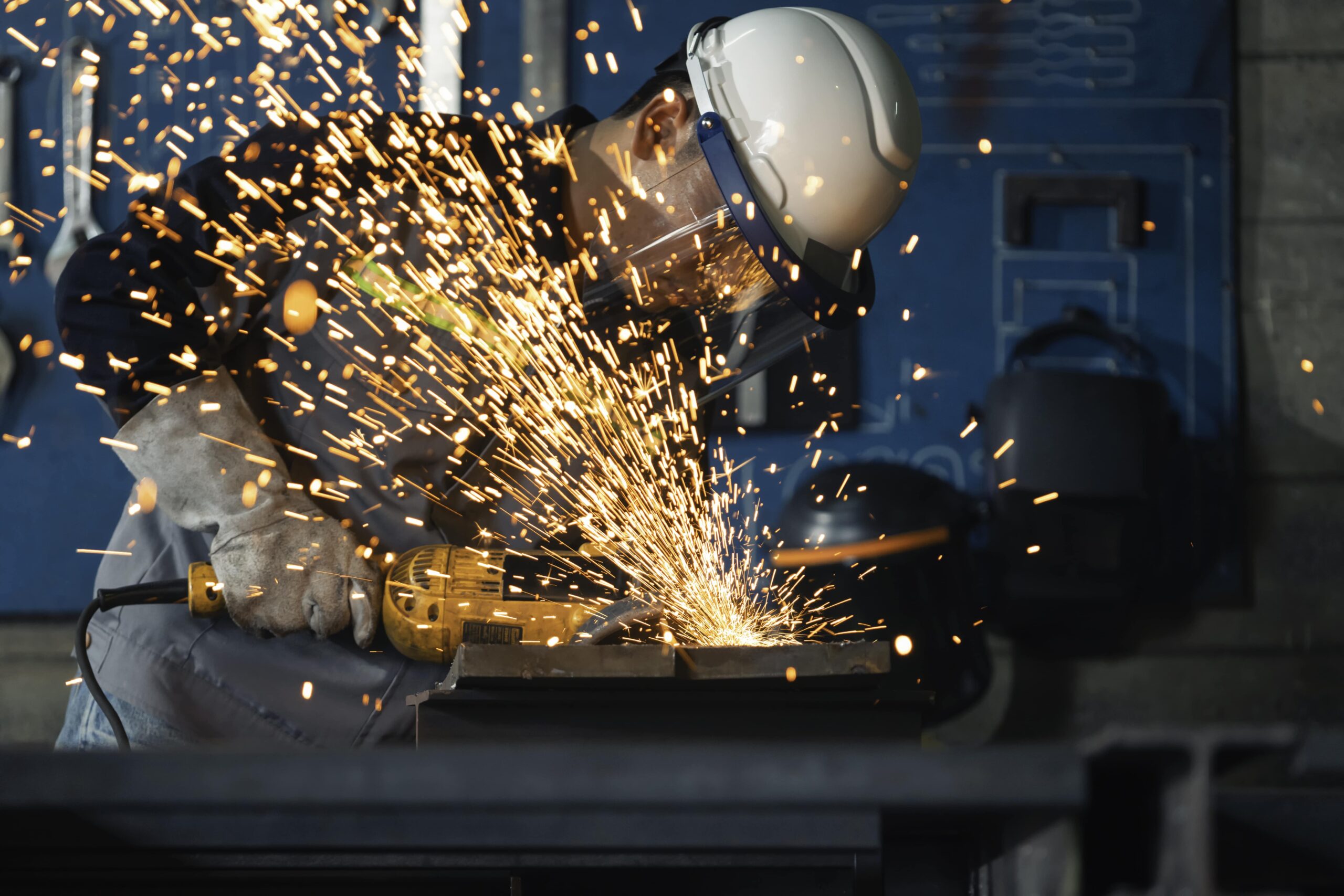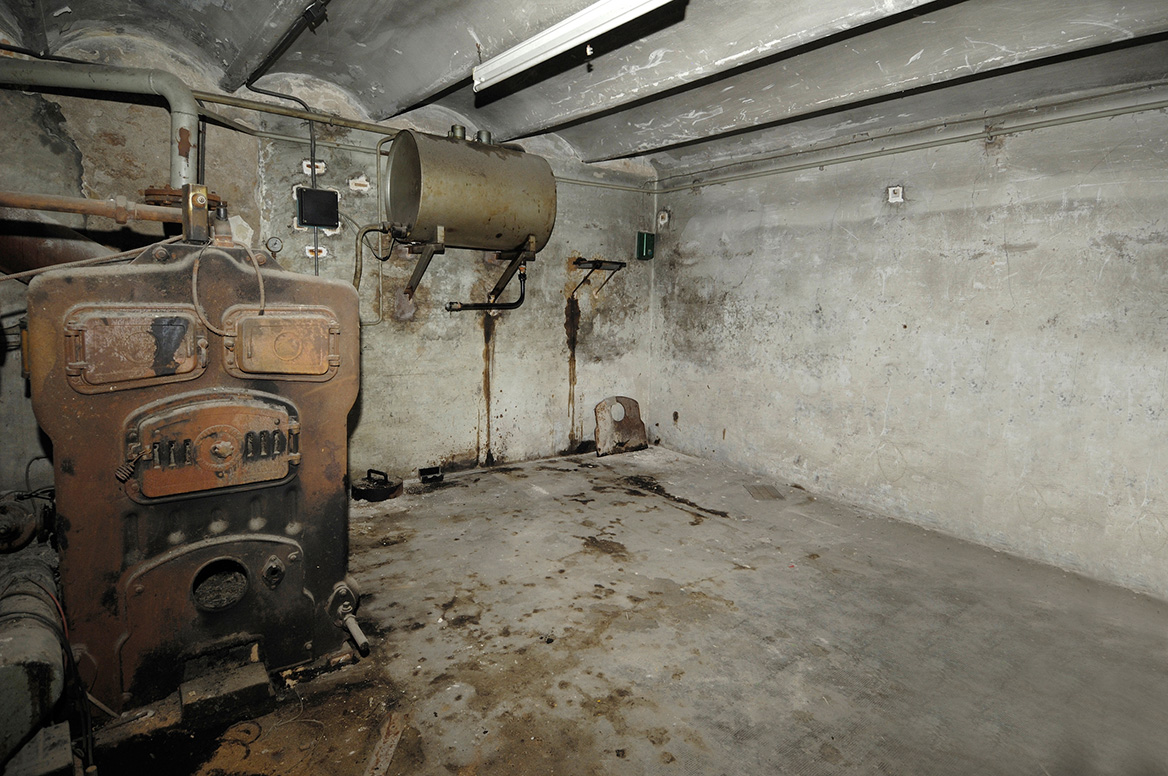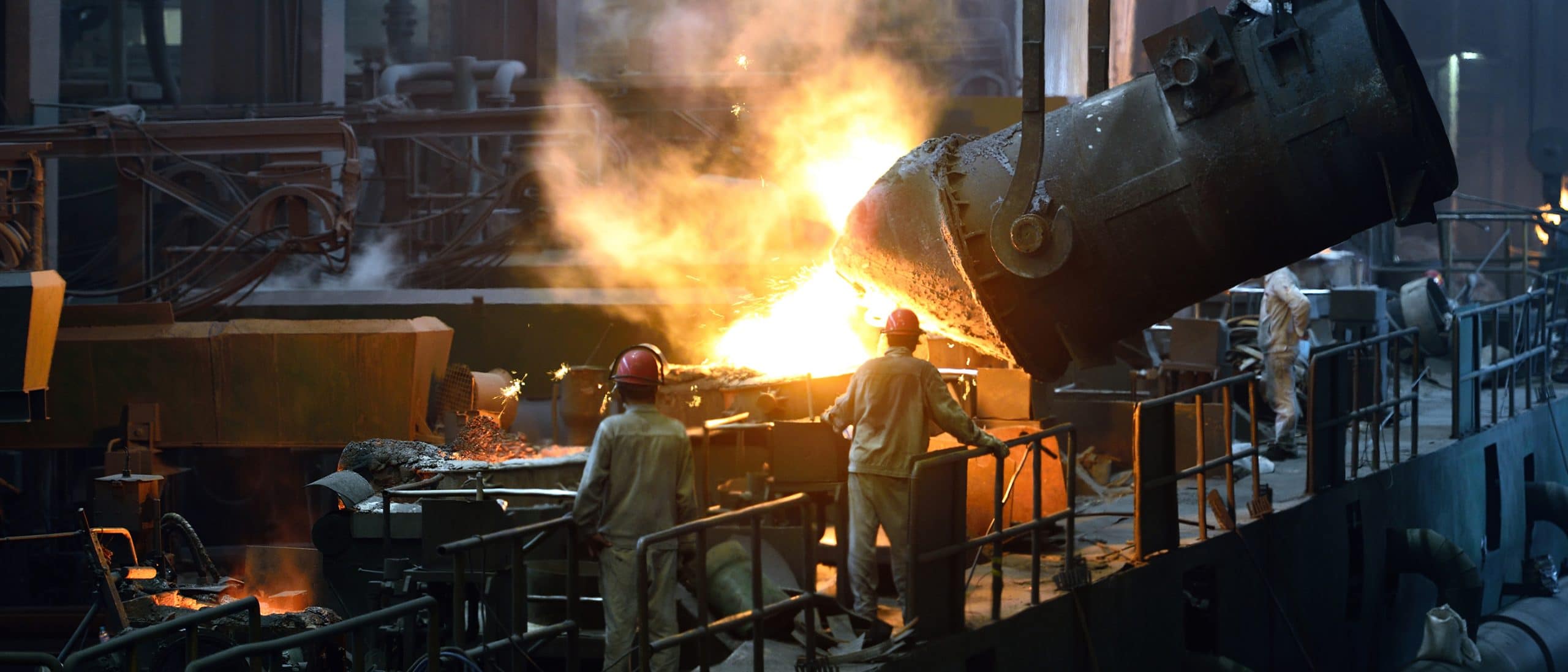Metal Workers and Asbestos Exposure: Mesothelioma Risks
Many metal workers were unknowingly exposed to asbestos, a hidden danger with lasting consequences. Years later, that exposure has led to serious illnesses like mesothelioma. If you or a loved one is living with these effects, you may be entitled to compensation.

How Are Metal Workers Exposed to Asbestos?
Asbestos is the most common cause of work-related deaths worldwide, with metal workers being especially vulnerable. Over time, this exposure can increase your chances of developing serious illnesses, most often lung cancer. Mesothelioma is the second-most diagnosed cancer linked to asbestos, a rare cancer that affects about 3,000 people in the U.S. each year, and it is almost exclusively caused by asbestos.
Meanwhile, occupational exposure to asbestos is estimated to contribute to 4%–12% of lung cancers, with the manufacturing occupation making up 30.1% of mesothelioma cases between 2006 and 2022.
Because asbestos resists heat, water, and electricity, it was used almost everywhere in industrial settings. Even today, you might still find asbestos in places such as older buildings, ships, and machinery.
Metal Workers’ Risk of Asbestos Exposure
As a metal worker, you may have been exposed in ways that felt routine at the time, such as:
- Heat Protection: If you worked around boilers, furnaces, or asbestos-lined pipes, you could have been breathing in fibers released whenever these systems were cut, repaired, or demolished.
- Protective Clothing: The welding blankets, gloves, aprons, or hoods meant to keep you safe may have contained trace amounts of asbestos. Once they were torn or burned, fibers were released into the air you inhaled.
- Machinery and Tools: If you cut or drilled into gaskets, brake linings, or insulation, you likely disturbed asbestos dust without realizing it. According to a comprehensive scientific review, even low-level disturbances of asbestos-containing materials can release respirable fibers, contributing to cumulative inhalation exposure over time.
- Demolition and Renovation: Tearing out old ductwork, cutting through insulated pipes, or working in aging facilities, asbestos fibers may have been present in the air around you.
It’s essential that metal workers know their rights and follow safety measures to minimize risk. Employers are required to:
- Provide asbestos awareness training,
- Establish whether asbestos may be disturbed,
- Make sure workers know what to do if asbestos is accidentally released, and
- Ensure all asbestos-related work is properly planned and carried out by trained professionals.
Using protective equipment, such as disposable overalls, single-use gloves, and respirators, can help reduce exposure; however, many workers in past decades were not provided with these protections.
For many metal workers and their families, understanding how asbestos exposure happened isn’t just about the past, but rather the first step toward protecting their health, seeking justice, and getting the support they deserve. Continue reading to discover more about your options and why taking action now is crucial.
High-Risk Metalworker Trades
Certain trades carried even greater risks. If you worked in one of these professions, your exposure may have been daily and prolonged:
- Sheet metal workers
- Welders
- Foundry workers and blacksmiths
- Ironworkers and demolition crews
- Sheet metal mechanics
Do welders get mesothelioma? It definitely comes with greater risk. Metal workers were among the 27 million Americans occupationally exposed to asbestos during peak usage years (1940 to 1979). In fact, the construction industry, including metal trades, accounted for 70-80% of asbestos consumption.
Welders faced particular danger from asbestos-coated welding rods, which give off sparks and smoke containing fibers. Welding through asbestos-insulated pipes or working near asbestos blankets added to the risk.
Today’s welders are at risk from legacy asbestos found in older tools, products, and equipment, as well as in industrial settings and construction sites. Inhaling asbestos fibers from any of these sources puts welders in danger of asbestos-related lung cancer and other serious diseases.
Common Workplace Exposure Scenarios
The most common risk exposure in the workplace for metal workers was either in the installation, maintenance, or demolition of materials containing asbestos.
If you ever cut through insulated pipes, removed old ductwork, or worked on machinery with asbestos gaskets, you were likely exposed. For example, installing or repairing metalbestos piping systems releases dangerous fibers, especially when workers cut through the insulated metal pipes during renovation projects. In many cases, asbestos fibers were released into the air without warning. You couldn’t see them, smell them, or know they were there, yet you may have been breathing them in every day on the job.
Asbestos Products Used and Made by Metal Workers
Because metal workers often work in high-heat, industrial settings, many of the materials and tools they rely on were built with asbestos for its fireproof and insulating qualities. Metal workers frequently handled metalbestos pipes, which are insulated metal ductwork and piping systems containing asbestos, for heat protection in industrial heating and cooling installations. Unfortunately, these same materials put workers at risk when fibers are released into the air during regular use, maintenance, or demolition. Common materials used by metal workers that could include asbestos are:
- Welding Blankets: When worn, torn, or cut, asbestos fibers could become airborne and easily inhaled or ingested.
- Construction Materials: Including fireproof boards and curtains, fireproofing sprays, insulation materials for roofing, equipment, pipes, and cooling units.
- Refractory Materials: Particularly bricks and cement, including furnace lining and insulated cement.
- Equipment: Including brake linings, gaskets, and cooling units.
Health Risks for Metal Workers
If you or a loved one spent years in metalworking, respiratory problems may have developed over time. Long-term exposure to metal dust and welding fumes often leads to chronic lung conditions and serious occupational lung diseases like mesothelioma, lung cancer, fibrosis, or asbestosis.
Much of this risk came from the work environment itself. Enclosed spaces, heavy dust, and airborne particles meant that even when you couldn’t see the danger, you were still being exposed day after day. When asbestos fibers are released into the air, they can be inhaled and travel deep into the lungs, where they often become trapped in the delicate lining. Over the course of decades, sometimes 20, 30, or even 40 years, this irritation and scarring could eventually lead to the development of tumors known as mesothelioma.
Do Metal Workers Get Mesothelioma?
Any cancer diagnosis is life-changing and devastating. Sadly, the link between metal workers and a mesothelioma diagnosis can be connected directly to the long-term asbestos exposure and time spent working around it. Mesothelioma is a cancer that develops slowly, often taking decades before symptoms appear, which means many workers don’t realize the connection until later in life.
The numbers confirm this troubling reality: sheet metal workers are 3.5 times more likely to develop mesothelioma compared to the general population, while structural metal workers face 3.3 times higher risk. Metal workers engaged in demolition are at an even higher risk. Cutting through old pipes, tearing down old walls, or working in older buildings often meant disturbing several asbestos materials at once and breathing in fibers without knowing it.
Are Mechanics Exposed to Asbestos?
Many people wonder, ‘Are mechanics exposed to asbestos?’
Research confirms this concern; mechanics face some of the highest occupational exposure risks. More than 800,000 automotive service technicians are employed in the U.S., with more than two-thirds of automotive garages inspected having dangerous levels of asbestos dust present, presenting levels ranging from 2.26% to 63.8%.
Lung Cancer and Other Diseases Associated with Metal Workers
If you worked in metalworking, you or a family member may face a higher risk of lung cancer and other severe health conditions. This risk often comes from years of breathing in metal-rich fumes, fine dust, and toxic agents like silica and asbestos.
Other conditions linked to metal workers are:
- Hard Metal Lung Disease (HMLD), a form of interstitial lung disease and fibrosis, is often linked to cobalt exposure in hard metal workers.
- Pulmonary siderosis, a dust-related lung condition caused by iron inhalation, with minimal or no fibrosis.
- Chronic Beryllium Disease, a type of fibrosis characterized by granulomas (tubercles) and linked to beryllium exposure.
Non-malignant conditions can also occur, even from short-term toxic exposure, such as pleural plaques, which are thick areas of tissue that form when asbestos fibers get stuck in the lining around the lungs.
Legal Options for Metal Workers with Mesothelioma
We know how overwhelming it can be to face a diagnosis like mesothelioma, lung cancer, or another asbestos-related disease. You may be worried about your health, your family’s future, and how to manage the costs of treatment. You don’t have to go through this alone.
If you or a loved one worked in metalworking and later developed an asbestos-related illness, you may have several legal options. You can explore how asbestos trust funds and other forms of asbestos compensation may help your family. You may also be eligible to file for workers’ compensation benefits, which can help cover medical costs and lost wages.
Our team is here to listen to your story, answer your questions, and connect you with asbestos attorneys who understand what you’re going through. We offer free case reviews, no upfront fees, and guidance from legal professionals who have helped many other metal workers and their families. Contact us today for a free case review.


